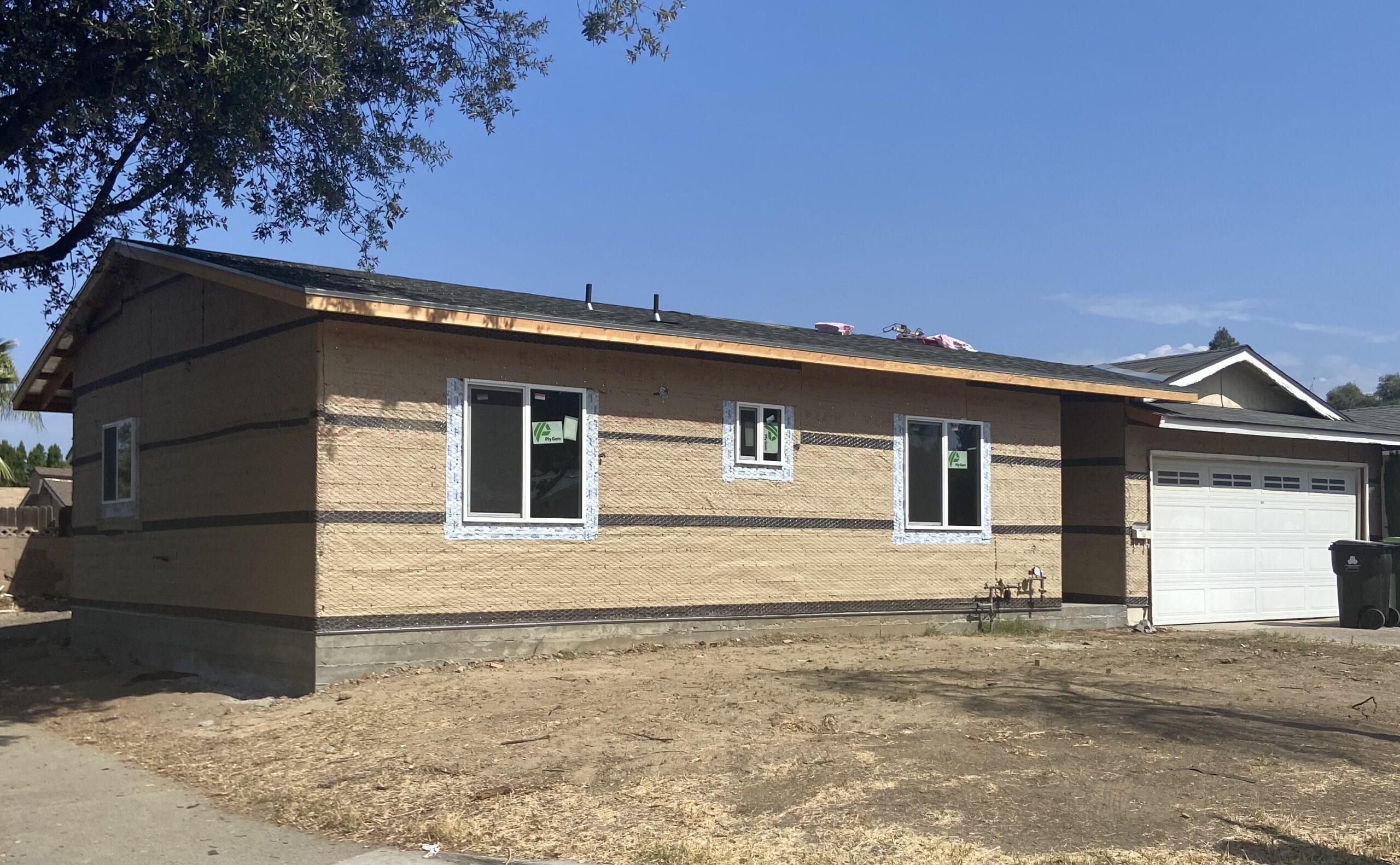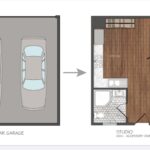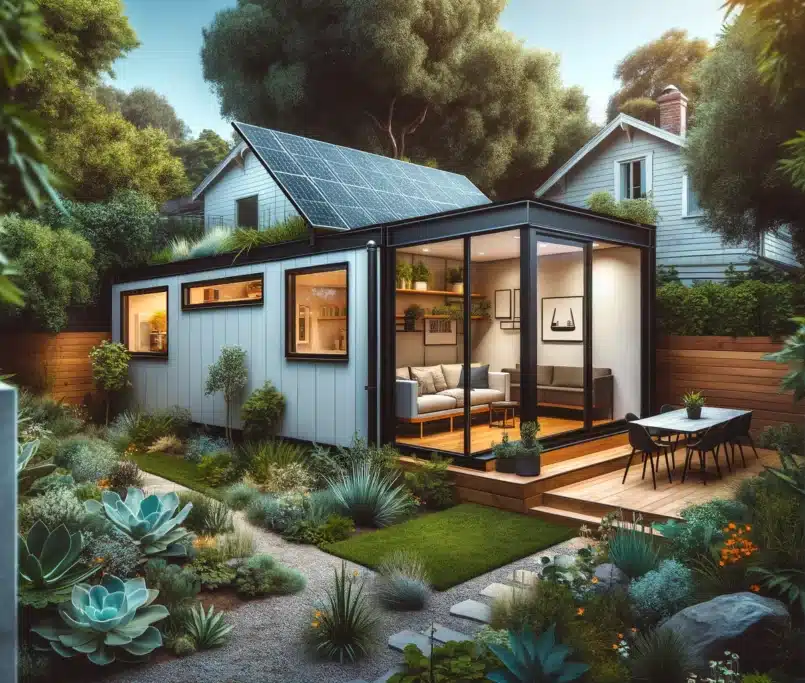ADU (Accessory Dwelling Units) are a burgeoning trend in modern housing. Offering innovative and flexible solutions, ADUs are changing the way we view residential living. This comprehensive guide will delve into the multifaceted world of ADUs, highlighting their benefits, design considerations, financial implications, and more.
What is an ADU?
An Accessory Dwelling Units is a separate living space on the same property as the main house. It may be attached, detached, or converted from existing spaces. Learn about the legal definitions and types from The U.S. Department of Housing and Urban Development.
Benefits of an Accessory Dwelling Units
Affordable Housing Solution
Accessory Dwelling Units offer economical housing alternatives, alleviating housing shortages in urban areas. They enable cities to increase density without new infrastructure. More insights are available at The National Housing Conference.
Additional Income Stream
Renting out an ADU can provide homeowners with supplemental income. It can serve as a financial cushion or investment opportunity.
Multigenerational Living
Accessory Dwelling Units promote close-knit family living, as they allow family members to live near each other while maintaining separate spaces.
Planning and Constructing an Accessory Dwelling Units
- Understand Local Regulations: Research local zoning laws at your local municipality or The American Planning Association.
- Design and Building: Consider working with professionals from The American Institute of Architects.
- Financing Options: Loans or grants can be found through The Federal Housing Administration.
Sustainability and Accessory Dwelling Units
ADUs are part of the green building movement, utilizing existing spaces, reducing sprawl, and promoting energy-efficient design. Learn about sustainable practices from The World Bank.
Accessory Dwelling Units Across America
Different cities have embraced Accessory Dwelling Units to varying degrees. Portland, Seattle, and Los Angeles have innovative ADU policies. Explore real-world cases at The Urban Land Institute.
Key Considerations When Building an Accessory Dwelling Units
Space Utilization
Integration with the existing property and landscape should be a priority in design.
Tenant Selection
If rented, consider tenant agreements and local regulations.
Maintenance and Management
Consider ongoing maintenance costs and property management.
Accessibility
Ensure that the Accessory Dwelling Units is accessible, especially if intended for elderly family members.
Insurance and Taxes
Understanding the impact on property taxes and insurance is vital. Consult with local tax professionals.
Case Studies: ADUs in Action
Cities like Austin, Texas, and Denver, Colorado, have implemented successful ADU strategies. Their experiences provide valuable insights and can be further explored at The Urban Land Institute.
Future of Accessory Dwelling Units
As cities grow and housing needs change, Accessory Dwelling Units will likely play an integral role in urban planning. Stay updated with the latest trends from The Urban Institute.
Conclusion
ADUs represent a multifaceted solution to modern housing challenges. From affordability to sustainability, their impact is wide-reaching. Whether considering an Accessory Dwelling Units as a homeowner or as a community leader, understanding the complexities and possibilities is essential.
This ultimate guide has laid out the essentials of ADUs, from conception to completion. It has highlighted the transformative power of these dwelling units on homes and neighborhoods.
For anyone looking to further explore or embark on an ADU project, reach out to Ted Design Build experts, for a free consultation and embrace the transformative potential that ADUs offer to modern living.









